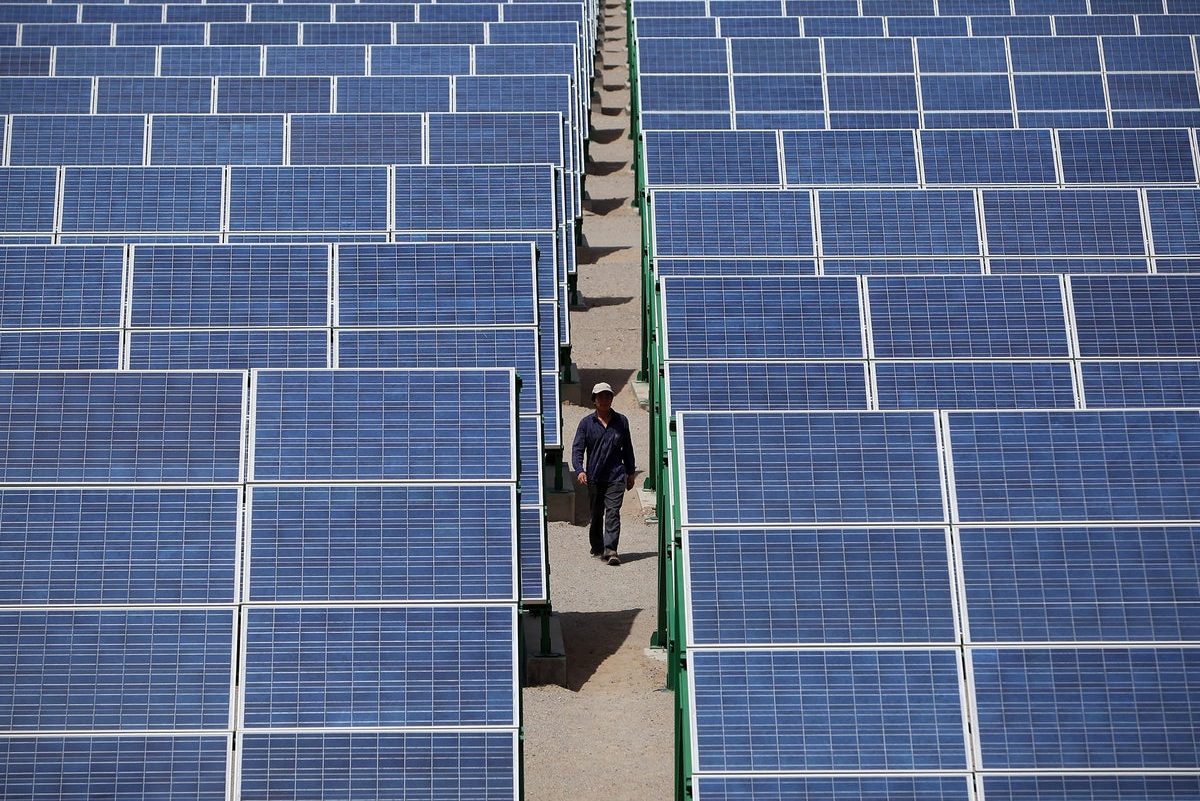The federal government, especially that of South Australia, has officially signed an agreement aimed at reducing emissions and energy costs. This project amounts to a billion dollars in funding.
The Commonwealth states that they will contribute around $600 million under the aforementioned deal. On the other hand, the South Australian government will offer up to $400 to upgrade the resources needed for this project. Regarding the contents of the package, details are still unclear, but here are the category samples of what was included in this project.
Moving Towards a Gas-led Recovery
In this category sample, we guarantee that there is indeed more gas involved. In fact, the Morrison government is steadfastly hoping that this campaign will garner trust over time.
It contains commitments for supporting 50 million tons of expansion each year from here on but also an ambitious objective of 140 million tons per year by the year 2023 and beyond.
By following a new focus on gas development, we will be able to meet our own gas demand as well as play a greater role in managing shortfalls on the broader east coast of Australia between 2023 and the end of the projection period of the gas scenario. This was taken from a statement of Angus Taylor, the appointed minister for Renewable Energy and Emission Testing.
Addressing the report from the AERMO is Minister Taylor, where he mentioned in a recent interview with Chris Smith that there were indeed mistakes in the past about the forecasting.
While they significantly underestimated the amount of petrol and gas required in the system, they guarantee that this predicament has been solved. In fact, they offer the promise of a recovery in the near future.
Financing the EnergyConnect Project
Joint support for EnergyConnect Project of up to $100 million will be provided through the underwriting of critical early works. EnergyConnect entails the construction of a 330 KV transmission located above the ground in a special connection leading mid-northern South Australia to New South Wales via the Buronga. This includes an extension to Red Cliffs within the northwestern Victoria area.
Project EnergyConnect, which spans 900 kilometers, will increase the import of electricity and the export of renewable energy, and, according to South African Premier Steven Marshall, will save South African households approximately $100 per year on electricity bills.
CCS, Hydrogen, and EVs
Commonwealth funding of $400 million will be used to invest in “priority areas” in South Australia, including collecting and storing carbon, electrical vehicles, hydrogen, and other emission reduction projects.
The Carbon Collection and Storage is a textbook case of wasting good money. CCS is generally ineffective, expensive, and serves only as an excuse to pursue the proliferation of fossil fuel energy.
With regards to additional funding being poured into hydrogen, here’s hoping the hype lives up to its billing. If it does not, not only will hydrogen’s prospects deteriorate, but some complications may affect the renewable sources as well.
With regards to additional funding in support of electrical vehicles, this may mean that South Africa’s proposed energy tax may be permanently shelved. South Australia’s declared its intention to implement a charge for road users who specifically use plug-in electric and zero-emission vehicles in November last year.
However, the appointed Treasurer Mr. Robert Lucas announced last month that it would be postponed for a year to allow for a longer monitoring period to how similar measures are implemented in other states.

